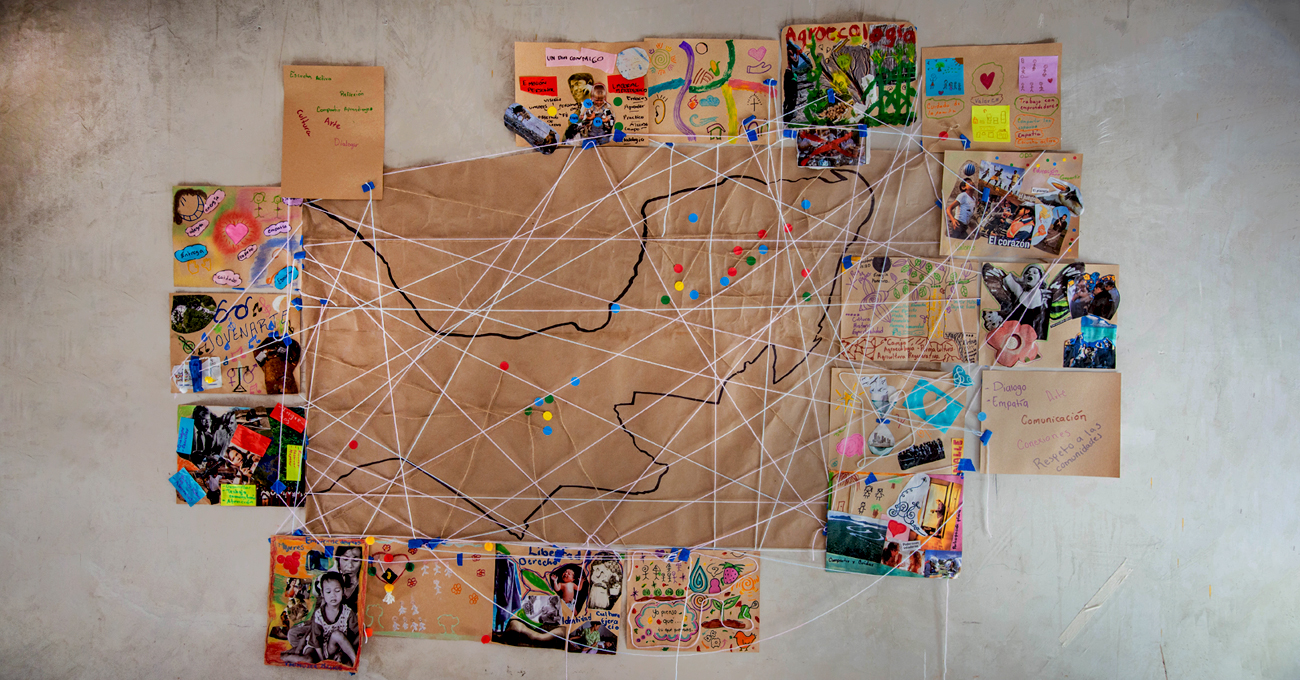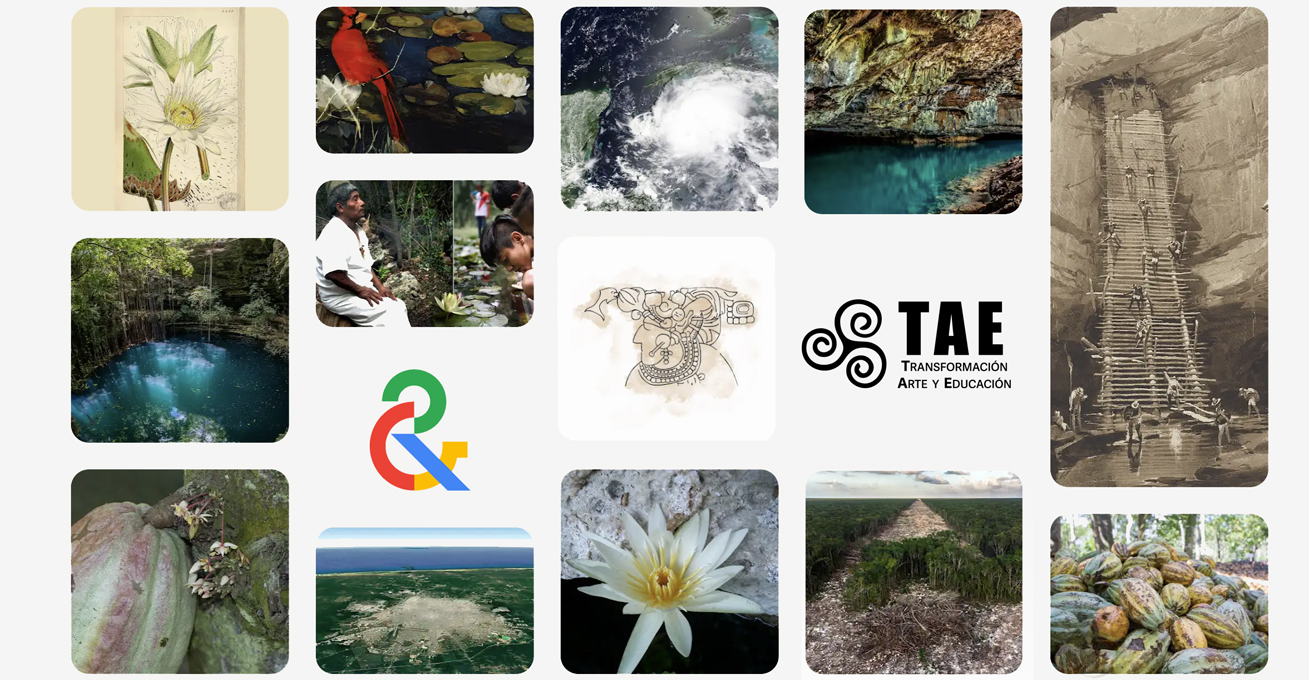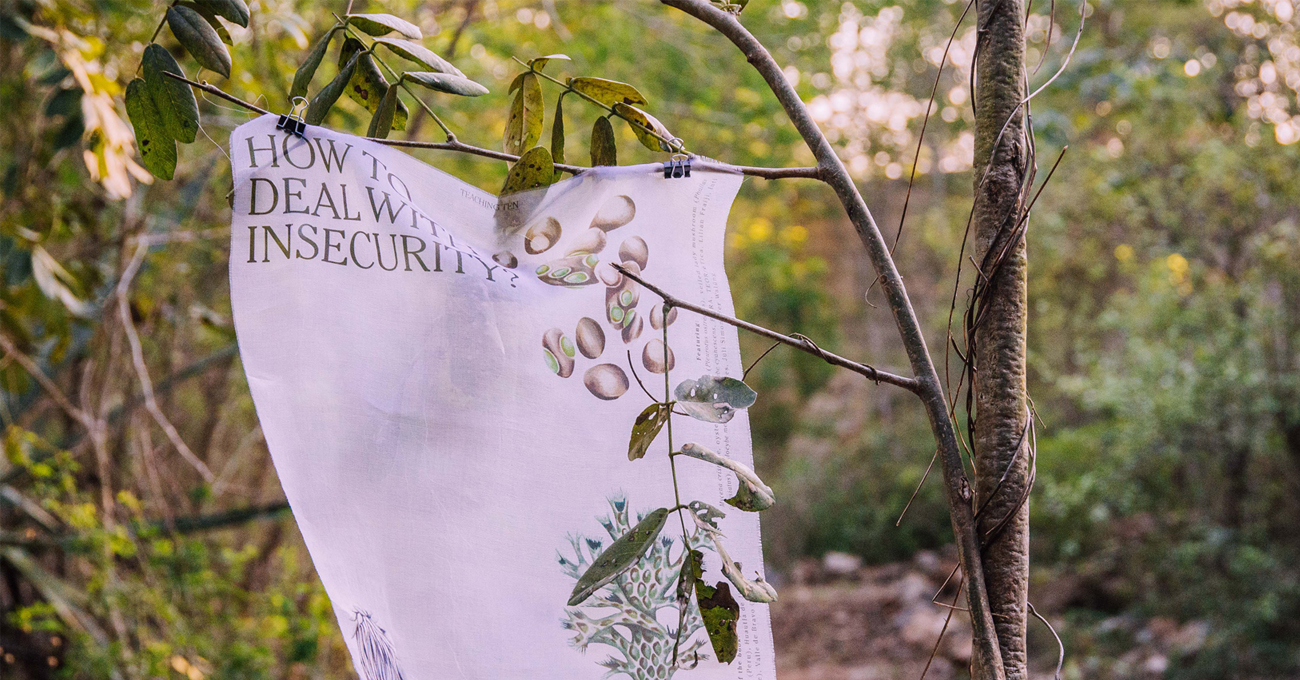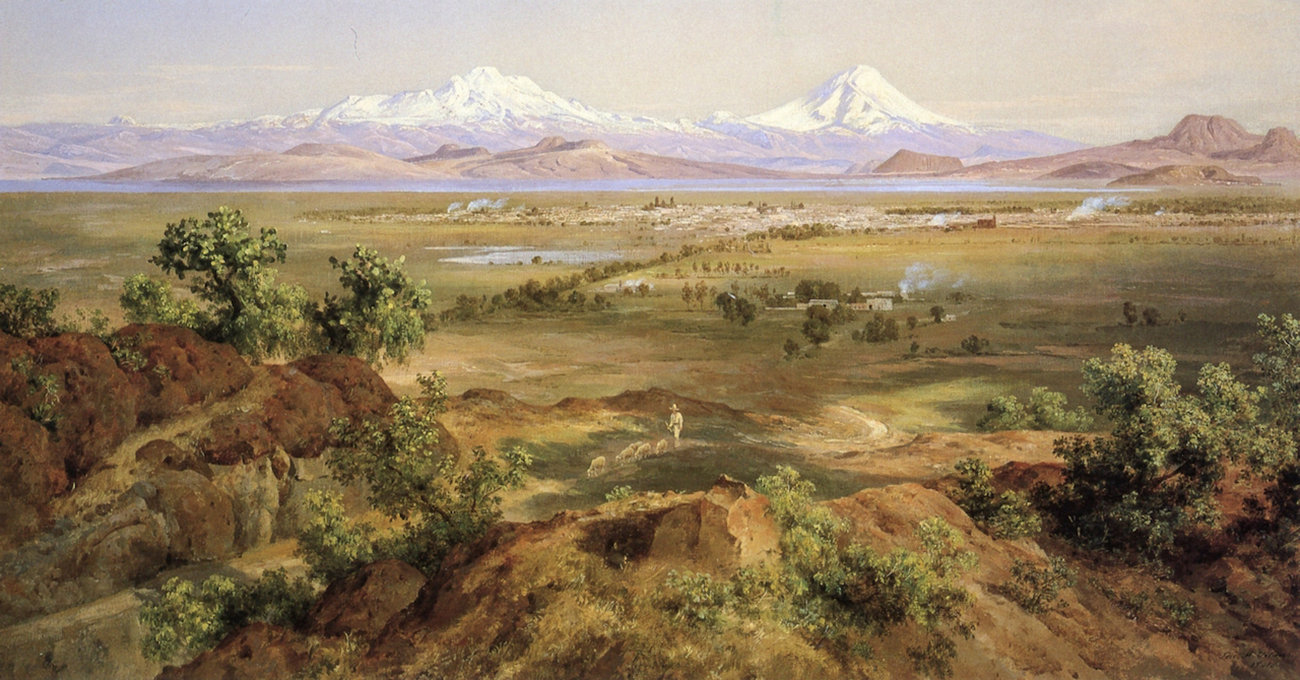
TAE is born as a response from La Vaca Independiente to problems and challenges inside the world of art, human development, and environmental protection. As a key for this integral process, the día (Development of Intelligence through Art) methodology has been applied, adapting to diverse contexts, and considering concrete purposes and specific needs.
In its 20-year history, TAE has mainly introduced educational strategies inside the peninsula´s Mayan communities. With a systemic vision, the implemented programs have fortified their collaboration networks, and facilitated the awakening of a sharper consciousness about the relevance of fortifying the Mayan identity, and valuing the natural and cultural heritage of kids, youths, and adults in these communities.
Although it is true that "the debate about communities has deeper roots than that about ecosystems" and that "it is at the heart of the debate about the entire subdiscipline of community ecology", we talk about ecosystems considering not only nature but also each person and the community.
This vision of the whole gives space to each individual and each community in their interaction with the natural and cultural environment, with its different qualities and with its own needs.
The educational route for children, Sal a Pajarear, introduces the younger generations to an empirical method of observing and studying birds. At the same time, children are not isolated because their guides are experts and amateurs who have received training to be mediators in acquiring this knowledge.
Parents and siblings also gain access to this learning model, as families monitor children's activities, which generally occur on weekends or after school.
Furthermore, the young people who are part of the Baktún program - a training path that strengthens the identity and sense of the Mayan cultural heritage - are also part of these families. By involving the most dynamic generations, young people, Baktún is undoubtedly a backbone that weaves learning links specific to the Mayan legacy, not only between young people and older adults but also with minors.
For their part, the children of Sal a Pajarear are not only fertile ground for learning, thanks to the early education program; They also become promoters of environmental education, strengthening awareness of an identity that can and is called to recognize the natural wealth of the peninsula in its entirety.
This ecosystem also includes young people and adults who participate in the safeguarding and natural restoration initiatives of the Alliance for the Mayan Aquifer, where TAE participates in protecting cenotes, the peninsula's natural and ancestral treasures. The initiatives extend the human network of interconnection, as they involve fishermen and other workers who are part of the Mayan communities.
If we think about it as a human ecosystem, we discover that TAE's philosophical vision considers humans as guardians of the cultural and natural world: There is a network of children who are sensitive and aware of nature and the importance of caring for their environment. Biodiversity: Some young people become cultural promoters who value and recognize the cultural capital of their legacy, contributing to their well-being; finally, there are the monitors and guardians of cenotes who become reference models in participation in safeguarding nature. This ecosystem of cultural agents and nature guardians continues to evolve, generating new and better interconnections.
A child following the Sal a Pajarear program can be guided by a young person from the Baktún program; in the future, it can become one of them. A young Baktún can recognize the value of the work of being a cenote guardian and, in the medium future, become one. In this way, the waterfall allows the little ones to have a horizon as future conservatives of the Peninsula's ecosystem.
Growing ecological and social challenges demand a systemic understanding of the interaction between humans and nature to intervene in the different dimensions and guide the comprehensive development of the person and the world. The more direct these interactions are, the greater the health and well-being of the entire ecosystem.
1 Cf. Stanford Encyclopedia of Philosophy, Ecology, 2024.



